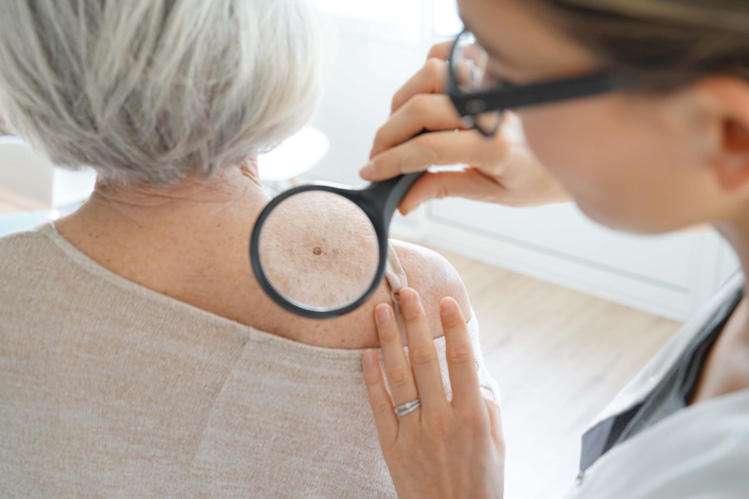Renew your skin with a chemical peel at a professional clinic.
Renew your skin with a chemical peel at a professional clinic.
Blog Article
Mohs Surgery Explained: A Key Procedure in Dermatology for Taking Care Of Skin Cancer Efficiently
In the world of dermatology, Mohs surgical procedure stands as a critical treatment for combating skin cancer cells, particularly basal cell and squamous cell carcinoma. This complex medical method, conceived by Dr. dermatologist. Frederic E. Mohs, prioritizes the exact excision of malignant skin layers, leaving healthy cells untouched. Yet what precisely makes Mohs surgical procedure so efficient and how does it add to positive person results? As we dive much deeper right into the procedure, its benefits, and possible difficulties, real value of this procedure becomes progressively evident.
Comprehending the Fundamentals of Mohs Surgical Treatment
Although it may sound complex, Mohs surgical procedure is a specific medical method used predominantly to deal with skin cancer cells. Named after Dr. Frederic E. Mohs, who created the treatment, it offers the highest cure price for specific sorts of skin cancers, consisting of basic cell carcinoma and squamous cell carcinoma. The key goal of Mohs surgical treatment is to eliminate all cancer cells while sparing as much healthy and balanced cells as possible. It functions as a recommended alternative for cancers located in cosmetically delicate or functionally crucial areas like the face, hands, feet, and genitals. Its accuracy and high success price have actually made Mohs surgery a keystone in dermatology, using wish to patients worldwide. It is necessary to note, nonetheless, that this procedure is typically scheduled for specific kinds of skin cancer.

The Procedure: Step-by-Step Malfunction of Mohs Surgical Procedure
While Mohs surgery could appear daunting, comprehending the step-by-step treatment can assist demystify the procedure. If cancer cells are discovered, the cosmetic surgeon removes an additional layer of skin and the process is duplicated. This basics cycle proceeds until no even more cancer cells are discovered, guaranteeing the complete read review elimination of cancer while maintaining as much healthy skin as feasible.
The Advantages of Mohs Surgical Procedure in Skin Cancer Therapy
An impressive variety of patients have actually uncovered the distinct advantages of Mohs surgery in their fight versus skin cancer cells. Concerned for its accuracy, this technique targets cancerous cells while protecting bordering healthy cells, resulting in marginal scarring. Its high precision reduces the opportunity of cancer reoccurrence, giving clients with satisfaction. The treatment is typically carried out on an outpatient basis under regional anesthetic, making it much less straining on the body than more invasive surgeries. Additionally, as it entails prompt tiny examination of the removed tissue, it guarantees total cancer removal in a single check out. Therefore, it removes the demand for numerous surgical procedures, conserving time and lowering stress and anxiety for patients. Consequently, Mohs surgery presents a superior alternative for reliable skin check this site out cancer cells therapy.
Possible Risks and Difficulties Related To Mohs Surgery
Despite its many benefits, Mohs surgical procedure is not without potential risks and issues. In uncommon cases, people may experience nerve damages, leading to feeling numb or weakness in the location of surgical procedure. The psychological influence of a skin cancer cells diagnosis and subsequent surgery ought to not be undervalued, as it can lead to stress and anxiety and anxiety in some individuals.
Planning for and Recouping From Mohs Surgical Procedure: What to Anticipate
To make certain the best feasible outcome from Mohs surgical procedure, clients require to sufficiently prepare for the treatment and comprehend what to anticipate during recuperation. Some medications may require to be stopped prior to the surgery to lessen bleeding. The secret to recuperation is clients' adherence to their medical care service provider's directions.
Conclusion

Report this page